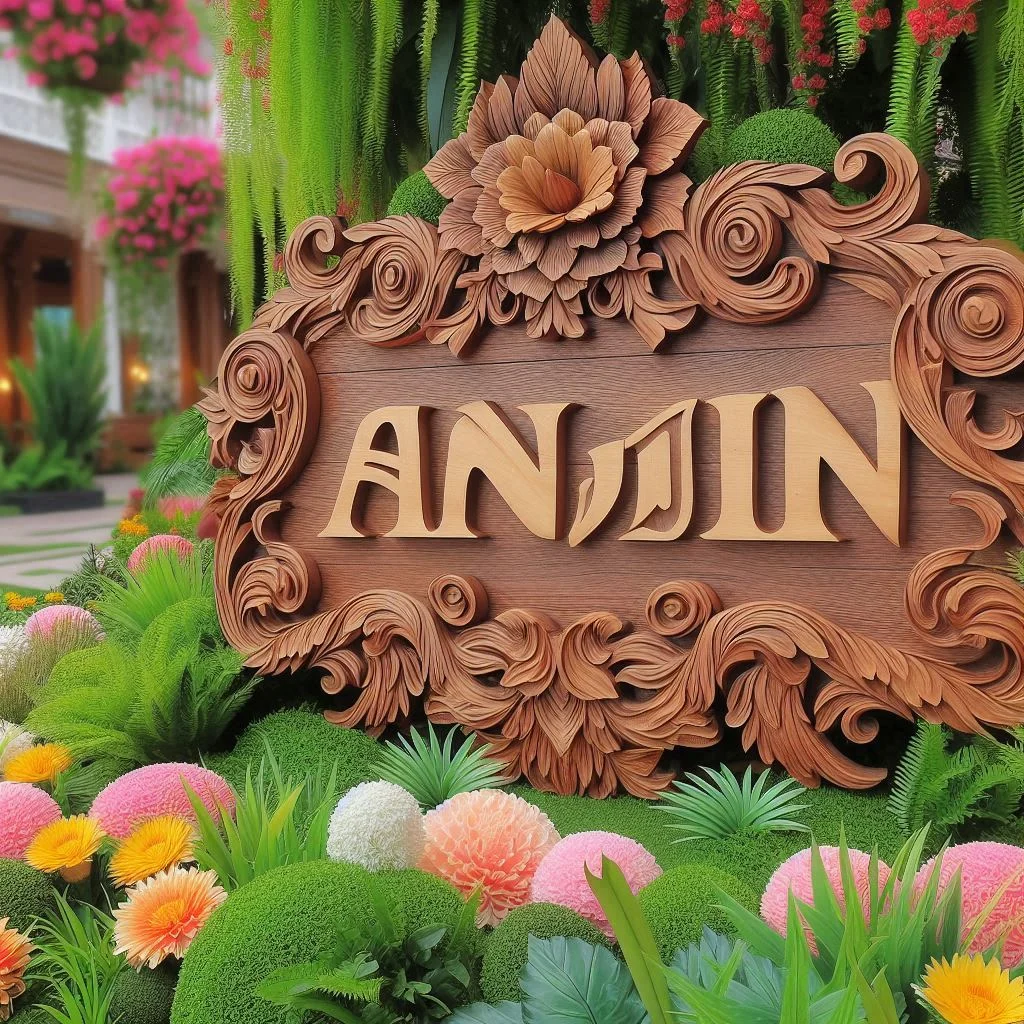Anjin (按針) is a Japanese term meaning “pilot” or “navigator,” derived from the kanji an (按, “to guide”) and jin (針, “needle” or “compass”). Historically, it referred to skilled mariners who guided ships using navigational tools.
The term is most famously associated with William Adams, an English sailor who arrived in Japan in 1600 and was honored as “Anjin-sama” (Honorable Pilot) by Tokugawa Ieyasu for his maritime expertise.
Today, “Anjin” symbolizes guidance, cultural exchange, and resilience, often evoking the story of Adams’ integration into Japanese society.
Etymology and Linguistic Roots

The word “Anjin” originates from Japanese, combining two kanji:
- An (按): Meaning “to press” or “to guide,” suggesting direction or control.
- Jin (針): Meaning “needle,” often referring to a compass needle used in navigation.
Together, “Anjin” translates to “pilot” or “navigator,” a term used in feudal Japan to describe those who steered ships through challenging waters. As an island nation, Japan relied heavily on maritime skills for trade and defense, making the role of the Anjin vital.
The term gained prominence during the late 16th and early 17th centuries, when European explorers introduced advanced navigational techniques to Japan, enriching the term’s cultural significance.
Related Terms:
- Kaizoku: Pirate or seafarer, contrasting with the skilled, respected Anjin.
- Shusen: Merchant ship captain, a related maritime role.
Historical Context: William Adams, the Anjin

William Adams (1564–1620), the first Englishman to reach Japan, is the most notable figure associated with “Anjin.” Arriving in 1600 aboard the Dutch ship Liefde after a perilous journey, Adams survived a shipwreck and was initially imprisoned due to Japan’s suspicion of foreigners.
This period, known as the Sengoku period (a time of civil war, roughly 1467–1603), was marked by political instability, making foreign arrivals particularly scrutinized.
Adams’ navigational expertise impressed Tokugawa Ieyasu, a powerful warlord who later became shogun, founding the Tokugawa shogunate (1603–1868), a 250-year era of relative peace. Ieyasu dubbed Adams “Anjin-sama” and granted him a fief in Miura, naming him Miura Anjin.
Adams advised Ieyasu on trade, built Western-style ships, and facilitated early diplomatic ties with Europe, becoming a rare foreigner integrated into Japanese society.
Key Contributions:
- Constructed Japan’s first Western-style sailing ships.
- Negotiated trade with the Dutch and English East India Companies.
- Served as a cultural intermediary during a time of limited foreign contact.
For more on Adams’ life, visit Yokosuka’s Miura Anjin Memorial.
Cultural Significance in Japan

The story of Anjin reflects Japan’s selective openness to foreign influence during a pivotal era. Just before the Sakoku period (1633–1853), when Japan enforced national seclusion, Adams’ acceptance highlights a pragmatic willingness to adopt valuable skills. His integration symbolizes:
- Resilience: Overcoming cultural and linguistic barriers.
- Loyalty: Earning trust through service to Ieyasu.
- Cultural Exchange: Bridging Eastern and Western traditions.
In Japanese culture, “Anjin” transcends Adams to represent guidance through uncertainty, a valued trait in a society that prizes harmony. The annual Anjin Festival in Ito, Shizuoka, celebrates Adams with reenactments and cultural events, underscoring his enduring legacy. Learn more about the festival here.
Why Was William Adams Called Anjin?
Adams earned the title due to his navigational skills, particularly his ability to use a compass and pilot ships, which impressed Japanese leaders unfamiliar with Western maritime techniques.
Anjin in Popular Culture: Shogun and Beyond

The term “Anjin” gained global recognition through James Clavell’s 1975 novel Shogun, a fictionalized account of Adams’ life. The protagonist, John Blackthorne, is called “Anjin-san” and navigates feudal Japan’s complexities, mirroring Adams’ journey.
The novel’s 1980 TV miniseries and 2024 adaptation introduced “Anjin” to millions, portraying it as a symbol of cultural adaptation.
Impact of Shogun:
- Popularized the Anjin narrative for Western audiences.
- Highlighted themes of loyalty, honor, and cross-cultural understanding.
- Inspired interest in Japanese history and Adams’ story.
Today, “Anjin” appears in media, from anime to video games, often representing outsiders who earn respect in unfamiliar settings. Fans of Shogun can explore related content on FX’s official Shogun site.
Modern Applications of Anjin

In contemporary contexts, “Anjin” is used metaphorically to denote leadership and innovation:
- Business: Companies adopt “Anjin” in branding to evoke guidance or exploration (e.g., Anjin Co., a Japanese consultancy).
- Education: Programs teaching Japanese history or maritime skills reference Anjin as a symbol of cross-cultural learning.
- Pop Culture: The term appears in blogs, forums, and social media discussing Shogun or Adams’ legacy.
Why Is Anjin Relevant Today?
“Anjin” resonates in a globalized world, symbolizing the ability to navigate cultural differences and foster collaboration, making it a powerful metaphor for diplomats, educators, and leaders.
Global Impact of Anjin’s Story

Adams’ story shaped early perceptions of Japan in Europe. His letters, preserved in historical archives, offered rare glimpses into Japanese culture, influencing trade and diplomacy. The Anjin narrative challenges stereotypes of Japan as insular, showcasing a moment of openness that contrasts with the later Sakoku period.
Global Lessons:
- Cultural Adaptation: Adams’ success highlights the value of mutual respect in cross-cultural settings.
- Diplomacy: His role as an intermediary informs modern international relations.
- Innovation: His shipbuilding contributions underscore the benefits of knowledge exchange.
For further reading, see The British Museum’s collection on Adams.
Literary and Artistic Representations

Beyond Shogun, “Anjin” inspires diverse works:
- Literature: Japanese novels like Anjin: The Life of William Adams explore his legacy.
- Theater: Plays in Japan depict Adams as a heroic figure navigating cultural divides.
- Art: Paintings often show Adams with a compass, symbolizing his navigational role.
These works emphasize themes of identity and adaptation, resonating with audiences worldwide. Visuals, like a 19th-century woodblock print of Adams, can be found in The Tokyo National Museum.
Challenges and Controversies

The Anjin story is not without critique:
- Romanticization: Some historians argue Adams’ role is exaggerated compared to native Japanese contributions.
- Selective Narrative: His story may overshadow other foreigners in Japan, like Dutch traders.
- Cultural Sensitivity: The term’s use in modern branding risks oversimplifying its historical weight.
These debates highlight the need for balanced historical narratives that acknowledge multiple perspectives.
Conclusion
“Anjin” is a multifaceted term, encompassing a literal meaning of “pilot” and a deeper symbolism of guidance, cultural exchange, and resilience.
From its roots in Japanese maritime culture to its association with William Adams, the Anjin story bridges East and West, offering timeless lessons for a connected world.
Whether through history, literature, or modern applications, “Anjin” continues to inspire, reminding us of the power of navigating uncharted waters with skill and respect.

